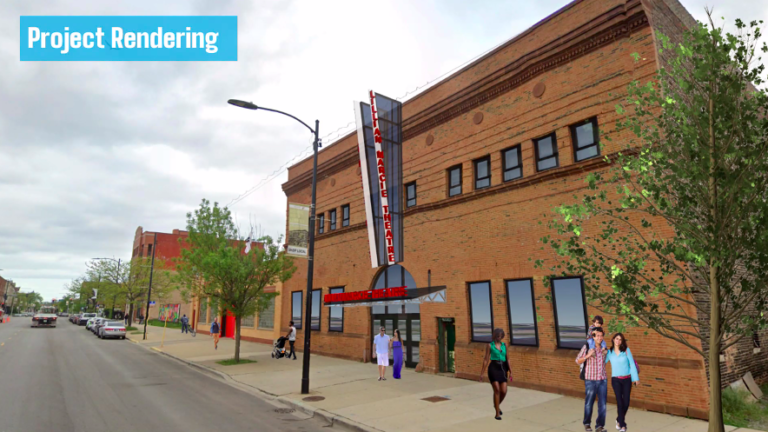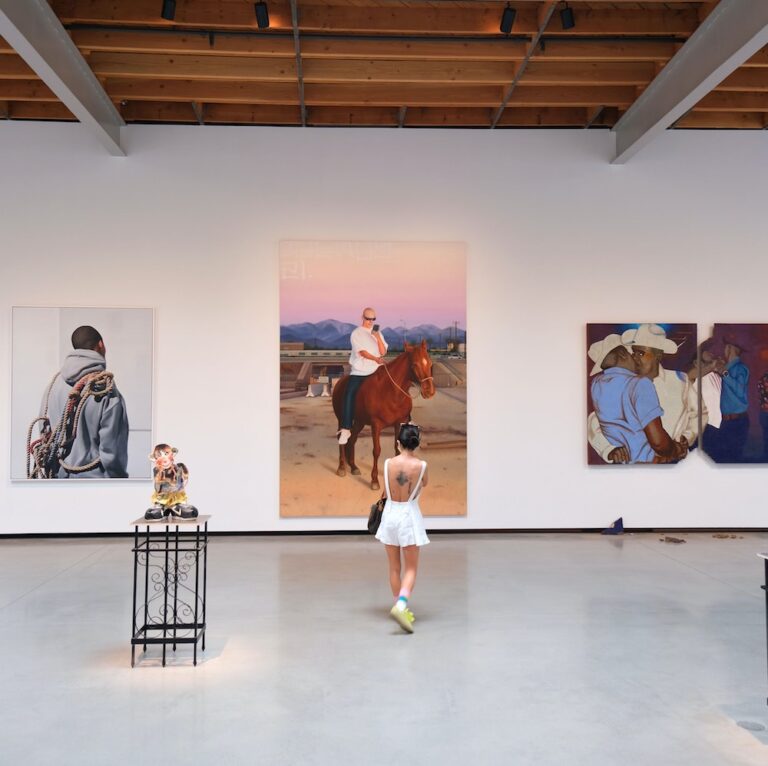Take A Break: How Microbreaks Can Change Your Day
At Sage Collective, we encourage self-care through many elements of our 9 Ways of Vibrant Living. Taking advantage of tools like meditation and even going to the museum to relieve stress and fatigue can be game-changing when it comes to our health. Another often unused device is taking microbreaks. Learn more about their power and impact on our well-being here:
Whether you have limited availability throughout the day or you’re uncomfortable making time for yourself, studies have found that scheduled breaks leave a powerful impact on the body and mind. Microbreaks in particular – lasting anywhere from a few seconds to several minutes – can leave even larger impacts on our wellbeing.
Sophia Cho, co-author of research conducted by the Journal of Applied Phycology states, “A five-minute break can be golden if you take it at the right time.” The paper found that microbreaks were useful in conserving and managing energy and engagement throughout the day.
Besides the vast health benefits that come with taking microbreaks throughout the day, another comfortable aspect behind the tool is that the activity can involve anything you want. You can easily break up your routine by taking a power nap, walking during your meeting, stretching or even talking to a friend on the phone.
So, next time you find yourself in need of a minute or two of rest and relaxation, listen to your body and take a break.



